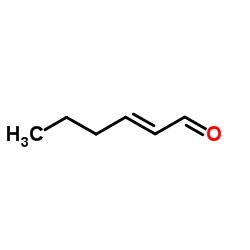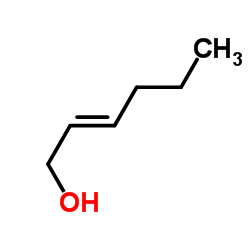| Structure | Name/CAS No. | Articles |
|---|---|---|
 |
Trans-2-Hexenal
CAS:6728-26-3 |
|
 |
(E)-2-HEXENOL
CAS:928-95-0 |
|
 |
Isovaleraldehyde
CAS:590-86-3 |